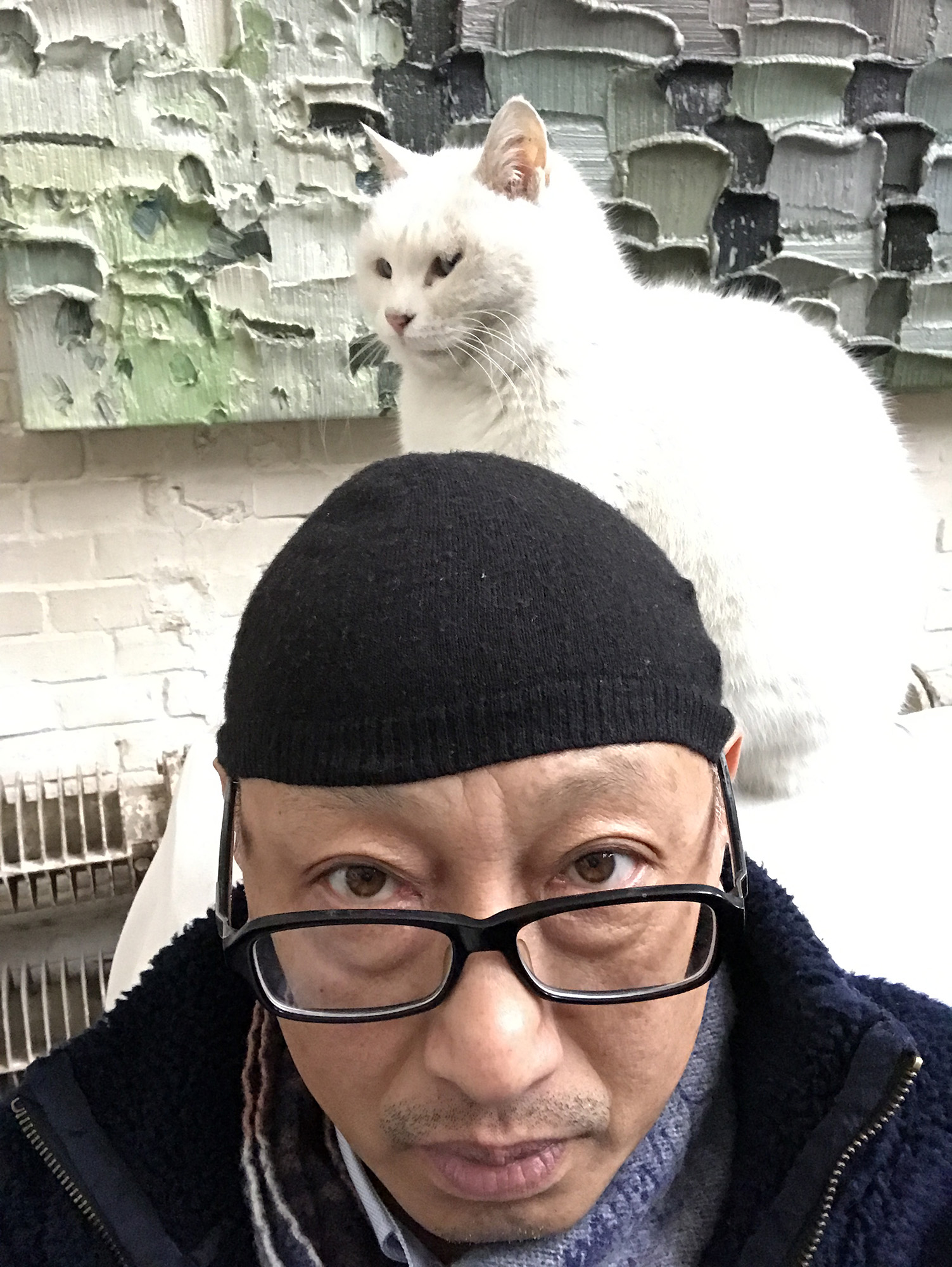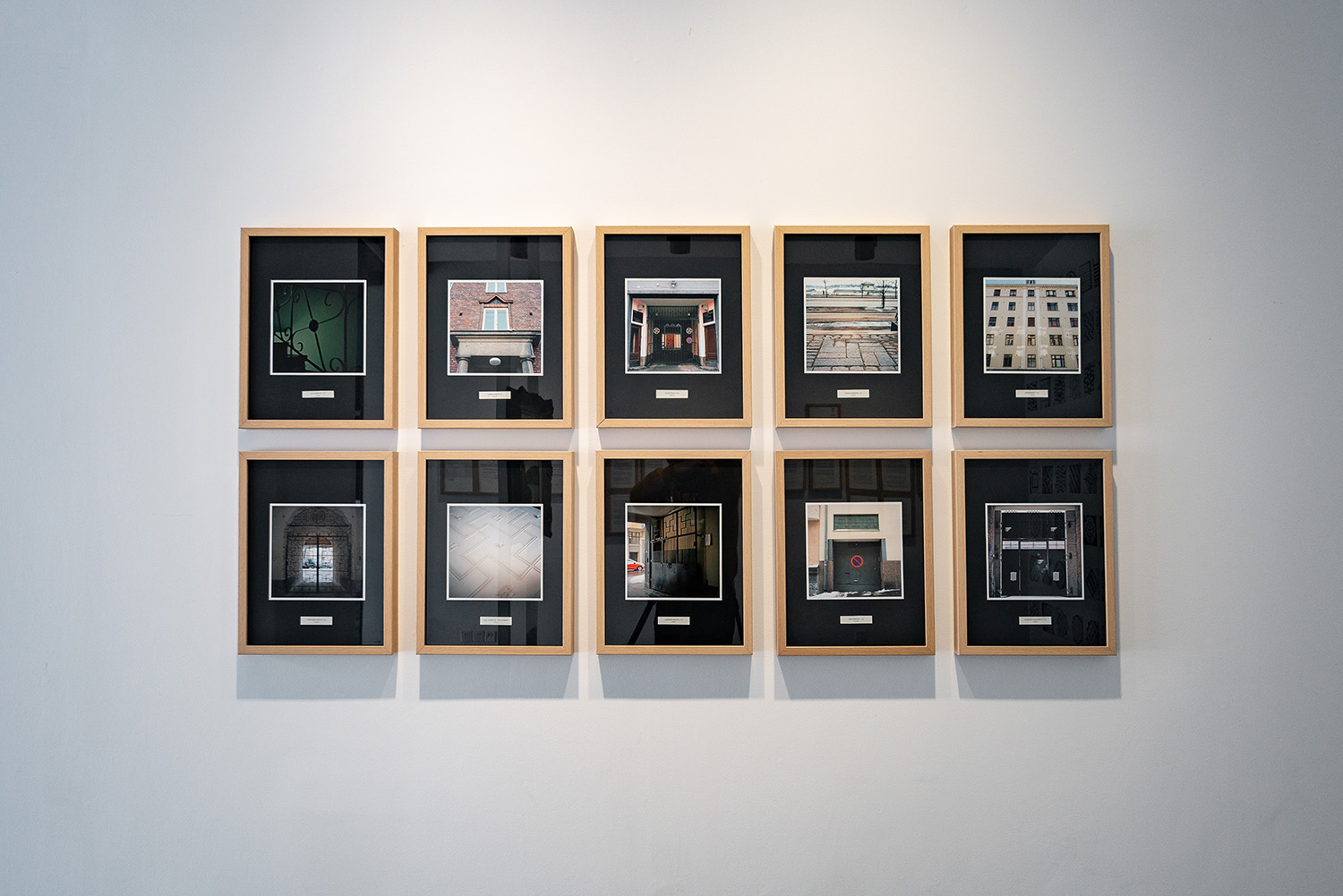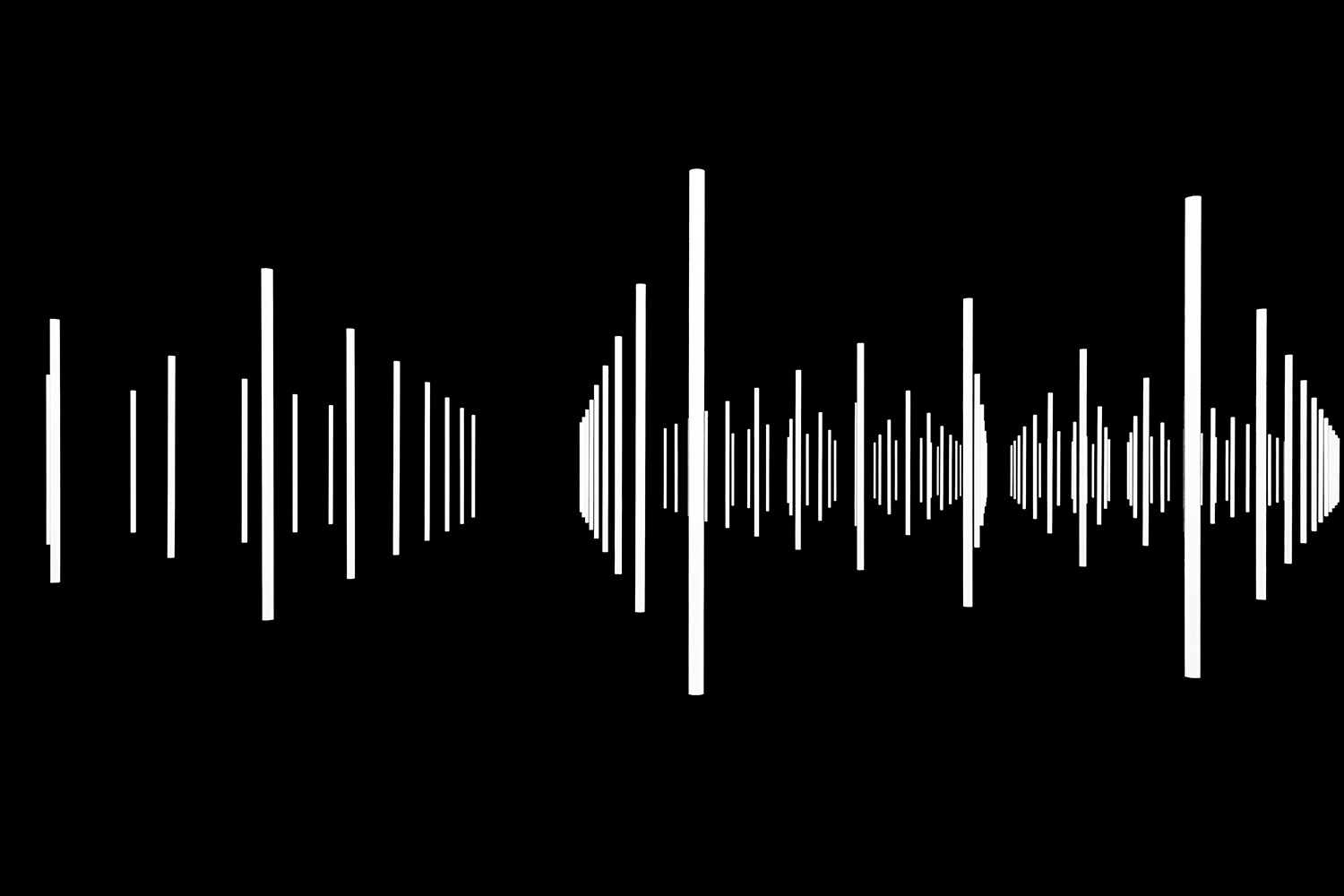People
Uncooperative Attitude: Interview with Feng Boyi


An appropriately fleshed-out biography of widely respected curator Feng Boyi would require an article dedicated to that purpose. A potted history would begin with his attendance at Beijing’s Central Academy of Fine Arts in the early 1990s, where he first took an interest in curatorial practice. Among his initial projects are the Black Book (1994) and White Book (1995)—groundbreaking compilations of ideas about contemporary Chinese art, interwoven with Ai Weiwei’s political commentaries, published independently by Ai.
From there, Feng proceeded to curate several exhibitions and publish numerous articles. Perhaps his most notorious moment was curating the Shanghai exhibition “Fuck Off,” or as it was known in Chinese, “Uncooperative Attitude,” as an alternative to the third Shanghai Biennale in 2000. Organised in conjunction with Ai Weiwei and including 46 other artists, it was shut down by the authorities almost as soon as it began.
Currently, Feng is the director of the He-Xiangning Art Museum in Shenzhen, and is a writer and editor for the China Artists' Association. In 2016, he undertook the role of chief curator for the inaugural Wuzhen Contemporary Art Exhibition. If the event didn’t make him a household name, it cemented his position at the forefront of the Chinese contemporary art scene. I caught up with Feng at the sophomore exhibition in Wuzhen, titled “Now Is the Time,” to discuss the show, and what had led him there.


While the previous edition of the Wuzhen Contemporary Art Exhibition felt like something of a roadmap for the town itself, the latest iteration feels international in scope, and has a certain urgency to tackle significant themes such as climate change and displacement. How do you see such topics sitting within this town in China—what is the relevance to the local audience?
At the opening ceremony, I talked about how some people describe large transportation hubs—airports and rail stations—as metaphors for globalization, because that’s where passengers from all around the world depart and arrive. Wuzhen also epitomizes globalization, because tourists temporarily gather here. Therefore, the exhibition not only emphasizes the site-specific, but also represents an international view. The Wuzhen exhibition is an invitational exhibition, but actually we curated it with a large-scale, international biennale system. It naturally confronts some significant global themes, which became the driving concerns of the curatorial team. One of the purposes of the exhibition is to evoke a renewed interest in contemporary art, both Chinese and international.
The title, “Now Is the Time,” feels like a call to arms, an urgent insistence that we deal with the issues of today. Do you think that art has the power to evoke the kinds of radical change that are required to ameliorate the issues that we are facing?
I do think art has its own power to change life! A century ago, with the May Fourth Movement in 1919, China started to emphasize “Art for Life.” If we inspect the relationship between art and reality through the angle of modern and contemporary art history in China, we will find two artistic tendencies that are noteworthy: one is the insistence on applying direct reflections from art to reality, and the belief that we will gain insight into the truth of life through art; the other is the desire to employ art to express the sweep of history, investigate social issues, ethnic and class conflicts, and incite revolution. Both ends of the spectrum are strongly interlinked with the “century of humiliation” [spanning the mid-19th to mid-20th century, when China saw the interventions of Western and Japanese imperial powers] and the crises that Chinese modern history confronted. After the implementation of Deng Xiaoping’s reform and opening up policy in 1978, the complexity of Chinese reality, caused by massive social transition, supplied abundant resources for the development of the Chinese avant garde. Similarly, the spectacle of the current Chinese society has formed one of the reasons why Chinese contemporary art has a unique perspective. Of course, relatively speaking, the impact of art is limited. In the context of this exhibition, we consider ourselves observers of the current epoch, re-examining this time through the medium of art.

The first edition of the Wuzhen Contemporary Art Exhibition was a significant domestic success, and the follow-up was much anticipated. Did you feel any pressure to have the sophomore edition tackle bigger issues than the first?
Yes. The pressure firstly pushed us to acknowledge and address current global issues and react to the notion of time in all its implications. Meanwhile, there was the secondary pressure to transcend the first edition, to make it better and more relevant. My personal experience is, in China, the greater the pressure, the greater the energy.

I noted that both you and the organizers avoided using the term triennial to describe the Wuzhen Contemporary Art Exhibition, despite the fact that this iteration opened exactly three years after the first one. Instead, you refer to it as a “periodic exhibition.” Why is this?
The organizer, Culture Wuzhen Co. Ltd, had originally planned to hold an architecture exhibition the year after the first Wuzhen Contemporary Art Exhibition, but the plan was canceled for various reasons, so the second edition of the art exhibition was postponed to 2019. When we prepared the first edition, we didn’t call it a biennial or triennial, not only because we wanted to avoid the disadvantageous associations with the terms. We were also taking into consideration the many uncertainties in China with these kinds of projects, and tried to avoid any embarrassment should the exhibition fail to meet the timeframe. This way, the exhibition can be staged according to the situation.

In such large thematic exhibitions, one has to balance including works that reflect the curatorial ideas with the inclusion of crowd pleasers, as well as maintain a balance between curatorial aspirations and the desires of the organizers. How did you and the curatorial team negotiate these parallel necessities?
The curatorial approach for the Wuzhen exhibition is different than that for institutional exhibitions. Institutions have clear, academic positions and relatively standard exhibition mechanisms. With Wuzhen, we need to consider that there are local citizens and visitors from different places, while also realizing an academic exhibition that would be considered experimental within the domestic and international art system in order to gain recognition. Furthermore, we need to surpass the ambition of the first exhibition, to be distinctive, and, importantly, to consider the aim of using an exhibition to drive the revival of Wuzhen. So, for the curators, this exhibition was not only an opportunity but also a challenge. We tried to pick artists who are active, in order to present the latest contemporary issues and provide the richest overview of Chinese contemporary art. But does the show balance all of these needs? I think It depends on how the art community and the public audience respond to the exhibition.
It was stated at the opening that 40 percent of the works were newly commissioned. Can you describe the process of commissioning work?
Wuzhen is such a large exhibition that commissioned work is essential. Among the artists who were selected, we expected some would be able to create new commissions. So we invited them to visit Wuzhen to check the venue and then propose a work, including detailed budget and equipment requirements. We emphasized to these artists that their commissioned work needed to reflect their practice, but also connect with the local history and environment of Wuzhen. After repeated communication with our curatorial team, the organizer, and the artist, the final work plan was determined. The whole process was back and forth, with constant accidents and adjustments to solve problems. We were almost screwed! Fortunately, the organizer in Wuzhen provided sufficient funds and mobilized all resources to assist us, which was key to ensuring the successful completion of these commissioned works.
Is there something in particular that you feel an urgency to communicate through the exhibitions that you organize, especially recently?
There are so many issues that I need to express urgently. How to pay attention to the artists who are transforming Chinese social reality with their works? How to establish and improve the curatorial mechanisms of Chinese contemporary art? How to give full power to the curatorial role and influence, and avoid the emergence of imprecise, vulgar curators?
After decades practicing as a curator, what, in your opinion, has been the biggest change between when you started out and your career today?
In the 1990s and early 2000s, curation was under very limited conditions. Few funds, no exhibition venues, no artist or curatorial fees. I constantly curated exhibitions in an underground, or semi-underground, situation. Even so, I was really hungry to make exhibitions, and hoped to express my desire and impulse to conceive and manifest contemporary art events, and support artists through exhibitions and my curatorial writing.
My personal experience in exhibition curating has accumulated, so gradually I became a senior curator. Now, all kinds of projects come along, I don’t have to worry about funds, venues, or artist resources. However, this situation has led my curatorial practice from being troubled by funds and venues, to being controlled and constrained by the requirements of the organizers, so that the scale of my curatorial projects are becoming larger while the experimental aspect of my curatorial activities are constantly weakened. This is the dilemma that I am facing in my work now.
I have become a bit fatalistic. It seems that there is always an invisible hand that controls your past, present and future. Almost no one can avoid or refuse this kind of imposition, so I have to grow according to the rules of the time. I thought it would come down to my practice, experience and efforts, but in fact, what I can do reflects the collective context of my generation in this period of history in China. It’s just about whether you accept it! I don't want to accept this fate yet, so I just have to struggle a little bit more.
The 2019 Wuzhen Contemporary Art Exhibition is on view at various locations in Wuzhen until June 30, 2019.
To read more of ArtAsiaPacific’s articles, visit our Digital Library.









